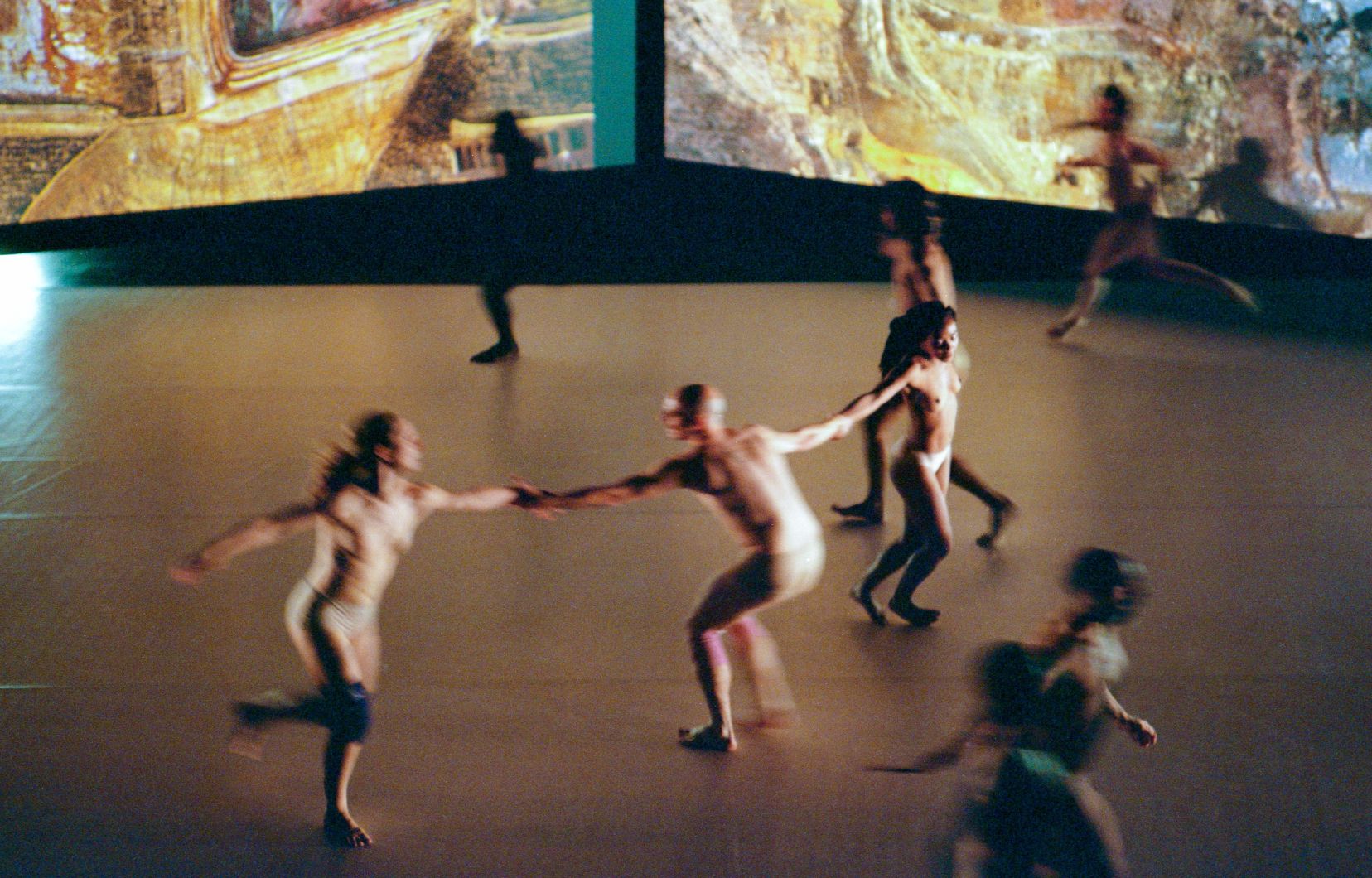Alexander Shelley is launching the National Arts Centre Orchestra (NAC) season from September 10 to 20 with a festival called Sphere. Sphere, which will begin with the multidisciplinary show UAQUEby choreographer Andrea Peña, will include four events, including the final concert, Renee Fleming. Voices of Nature.
Multidisciplinarity is now closely associated with the artistic expression of Alexander Shelley, Music Director of the NAC Orchestra. “It’s rare to have all these disciplines under one roof, and it would be a mistake not to take advantage of it. It’s become a part of my life, especially since I’m very interested in the visual arts, literature, dance,” the conductor tells us in an interview.
Extending a success
If Sphère, which seeks to explore the connections between art and nature, feels like a déjà vu, it’s because this festival is an extension of an event held in September 2022 that already had the same name. It then brought together Alexander Shelley, head of musical content, and Angela Rawlings, an interdisciplinary artist from Canada and Iceland.
The spirit of the 2024 edition is to unite all the elements that make up the National Arts Centre: the NAC Orchestra, NAC Dance, English Theatre, Indigenous Theatre, French Theatre and Popular Music and Variety.
This land spirit will materialize on September 17 with the presentation of Christine Beaulieu’s ecological fable, The salmon of Mitisframed by musical works ranging from The Moldau by Smetana to compositions by the Métis Canadian Ian Cusson sung by Elisabeth St-Gelais. Or, on September 13, by the association of singer Jeremy Dutcher and the NAC Orchestra. On September 20, soprano Renée Fleming will perform excerpts from her album Voice of Nature: The Anthropocenerecorded for Decca with Yannick Nézet-Séguin on piano.
“The Sphere two years ago was very successful, and we wanted to bring the concept back by connecting all the departments,” Alexander Shelley tells us. In the mind of the chef, beyond climate change, it is necessary, in a global perception, to “explore how the environment influences artistic creation and how art can influence our perception of the world around us, including politically.”
“An arts center, especially today, works best if it allows artists, if they choose, to take political positions. It also has to be representative of a range of messages to an audience. And that’s what this is all about: we’re going to have a variety of perspectives and great art in the next two weeks.”
The beauty of forms
The spotlight is undeniably on the opening show on September 10 and 11. UAQUEcommissioned by NAC Dance and the NAC Orchestra, will combine dance, music and visual arts (photographs by Edward Burtynsky) with choreography by Andrea Peña. “In the 20the century, ballet was a catalyst for the greatest music created for the orchestra,” says Alexander Shelley, who a few years ago commissioned three contemporary ballets.
“A friend, the photographer Edward Burtynsky, photographs the earth, factories, mines. We often talked about the connection between forms, geometry in nature, and art,” says the chef, who links these discussions to his passion for the work of Douglas Hofstadter Gödel, Escher, Bach. The strands of an eternal garlandwinner of the Pulitzer Prize for best essay in 1980. “It’s one of my favorite books. It talks about the relationships between mathematics, the shapes of Escher’s drawings, and the music of Bach.” His question: what elements constitute, in our minds, a conception of beauty?
With Burtynsky’s work, which examines “the impact of human activity on nature,” Shelley came to find images depicting actions that stir consciousness “beautiful.” “So the idea came to do a project where these images would serve as a framework.” NAC Dance Executive Producer Caroline Ohrt recommended Peña. Many pieces of music were suggested by Shelley and his team, and ultimately selected by the choreographer. “She found fascinating directions, with the 4e Symphony and the Cantus from Pärt, the density and intensity of the Ramifications by Ligeti, to end up with a chorale in Bach. The music is beautiful, meditative, contemporary… »
Thinking about his work today, Alexander Shelley does not forget to point out that there is nothing new in this and that “opera is nothing other than a great interdisciplinary art form: music, libretto, voice, scenography, staging, lighting, costumes…”.
“The means of expression change over the centuries, but the idea of dialogue between art forms is as old as art itself.”
